TOP SIX: Ranking the best American drivers in F1 history as Logan Sargeant gears up for his debut

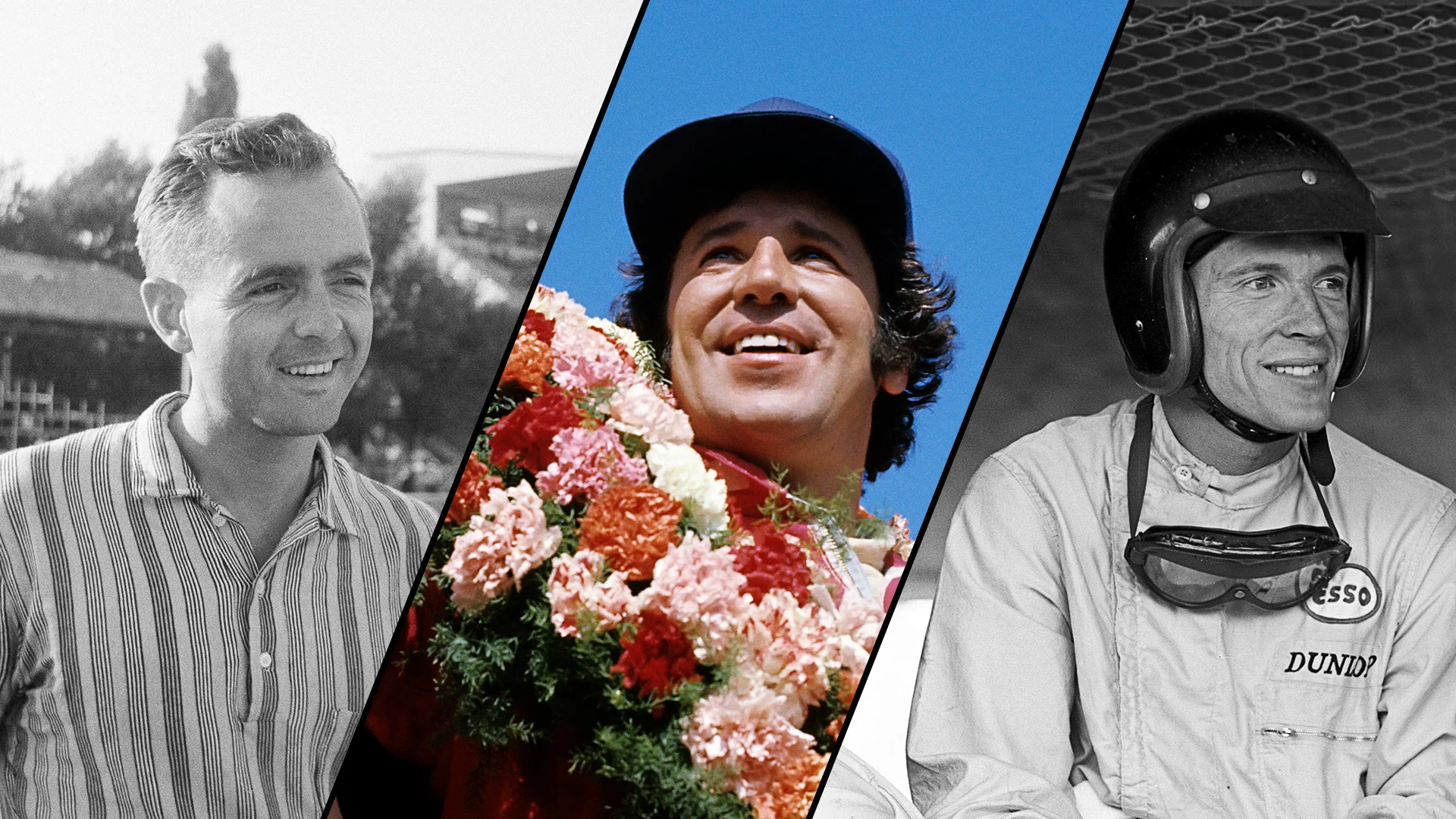
This year Logan Sargeant will become the first American driver to take to the F1 grid since 2015, making the step up to the top echelon with Williams after starring in F2 and F3. But who are the USA’s most successful F1 drivers? Here's our top six…
6: Eddie Cheever
Eddie Cheever spent more than 10 years competing in F1 and, as a result, still holds the record for the most Grand Prix starts by an American, having made 132 from 143 entries (his efforts including several failed qualifying attempts).
Following a couple of those DNQs with Theodore in early 1978, Cheever squeezed his way onto the grid for that year’s South African Grand Prix with Hesketh, though the Phoenix-born, Rome-raised racer completed just eight laps due to technical trouble.
After another race-winning European F2 campaign, he returned to F1 full-time via Osella in 1980, with moves to Tyrrell for 1981 and Talbot-Ligier for 1982 bringing the first points and podium finishes of what would be a varied career.
Going on to race for Renault (where he took a personal best of seventh in the standings while team mate Alain Prost mounted a title challenge), Benetton, Haas (not related to the current team) and Arrows, Cheever collected a total of 70 points and nine podiums, but fell short of a pole position or race win.
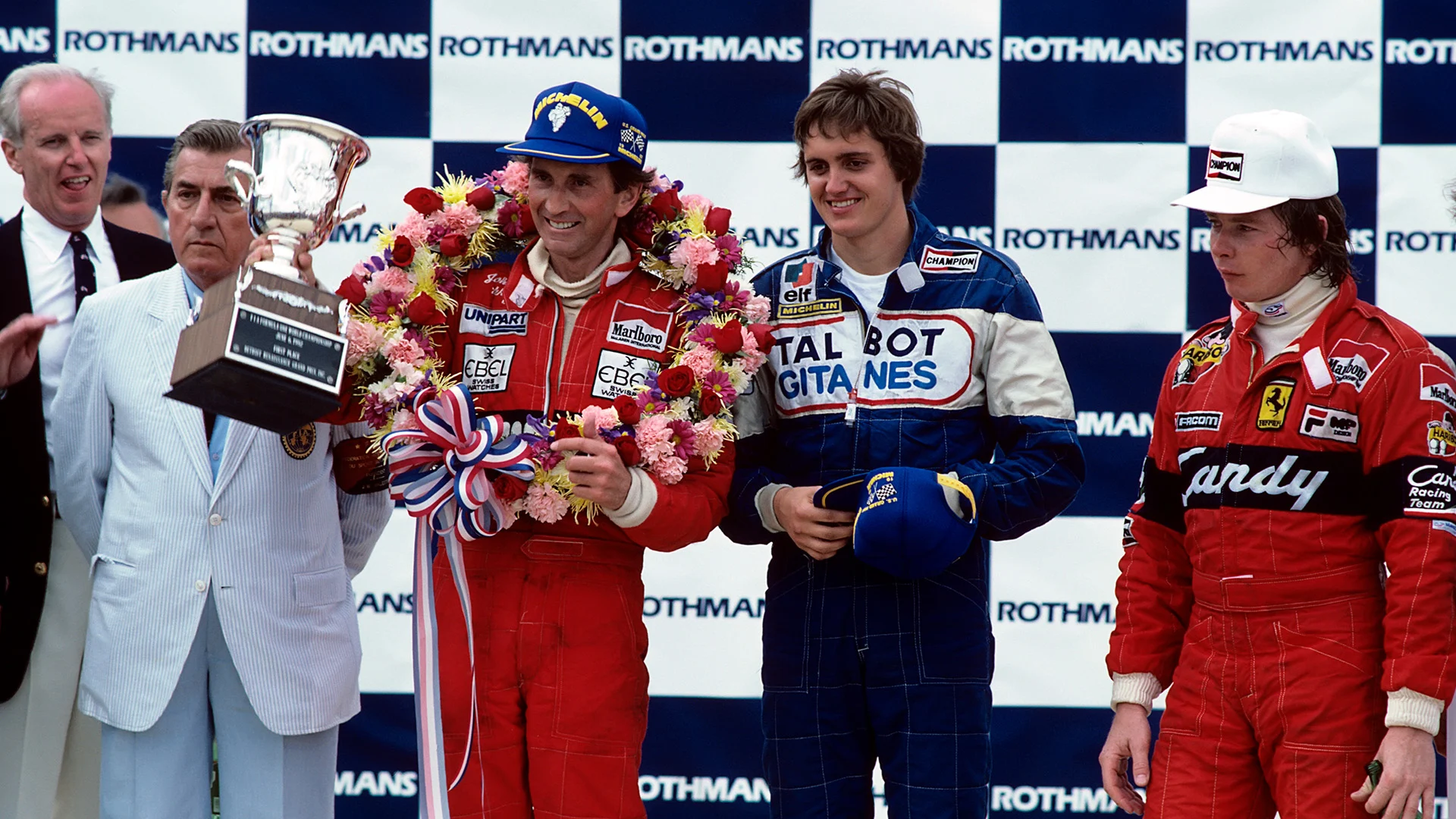
5: Richie Ginther
Richie Ginther recorded 52 F1 starts throughout the 1960s, racing for teams such as Ferrari, BRM and Cooper, but it was a spell at Honda that cemented his place in the history books – landing the Japanese manufacturer’s first Grand Prix victory.
It proved to be Ginther’s sole win in a career that was intertwined with fellow American Phil Hill, the pair having grown up together in Santa Monica, California. Ginther helped to prepare Hill’s cars as the latter’s racing efforts accelerated, and they twice teamed up for the fearsome Carrera Panamericana road race, finishing second in 1954.
READ MORE: Honda not closing door on F1 return as they watch 2026 engine discussions
With a glittering sportscar record under his belt, Ginther joined Hill at Ferrari for a selection of F1 races in 1960, culminating in a Hill-led one-two finish at Monza. They remained team mates for 1961, during which Ginther took a trio of podiums en route to fifth in the standings, while Hill won the title.
His stint at BRM included plenty more rostrum appearances, and joint-second in the 1963 standings alongside Graham Hill, before the aforementioned move to Honda resulted in a famous victory at the 1965 Mexican Grand Prix – Ginther leading home fellow American Dan Gurney.
Ginther made just five more F1 starts, with his final points-scoring race – somewhat fittingly – coming for Honda in Mexico City a year after their breakthrough win, with the fastest lap thrown in for good measure. He passed away in 1989, aged 59, after suffering a heart attack on holiday.
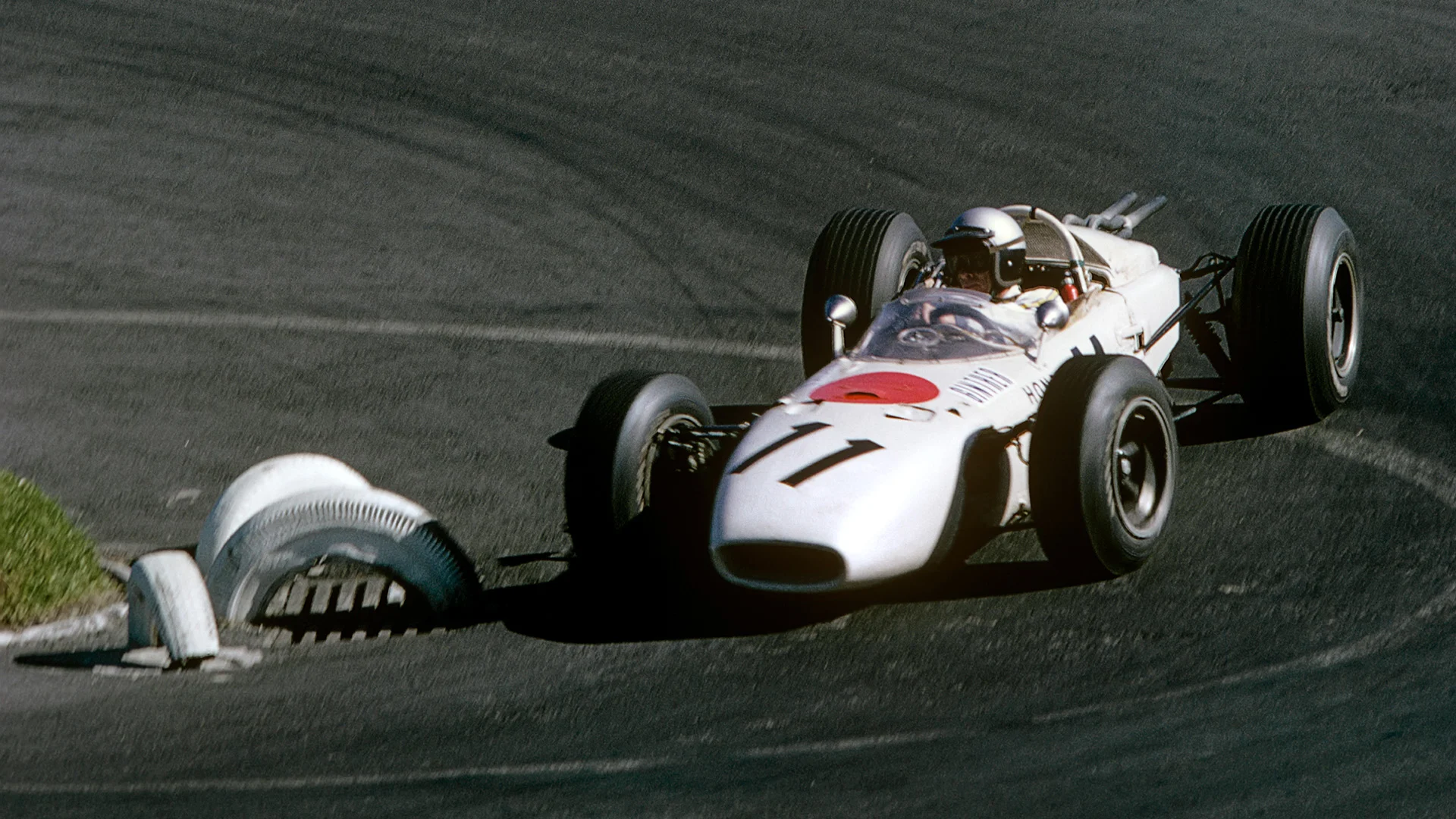
4: Peter Revson
Hailing from New York, Revson began racing sportscars while attending the University of Hawaii and soon turned his attention to F1, hopping over the pond to set up camp in the UK and compete across Europe in the early 1960s.
Liking what he saw, former F1 driver Reg Parnell – who had set up his own team – gave Revson a shot for 1964, but the Briton’s death on the eve of the season, coupled with an uncompetitive Lotus 24, limited the partnership to a handful of fruitless races.
READ MORE: The story of America’s lesser-known Grand Prix winner
At this point, Revson headed back to the US to rebuild his career, an important break coming when McLaren gave him a seat for the 1970 Indianapolis 500, the same year in which he and actor Steve McQueen finished second to Mario Andretti at the 12 Hours of Sebring.
Strengthening his ties with McLaren, Revson took pole and finished second at the 1971 edition of the Indy 500, while also storming to the Can-Am title, achievements that triggered plenty of interest in the F1 paddock and led to Tyrrell giving him a drive for the season finale at Watkins Glen.
In 1972, Revson went full-time in F1 with McLaren and soon made it onto the podium, with a pair of wins following in 1973. However, team chiefs felt former champion Emerson Fittipaldi was the better option for 1974, prompting Revson to join Shadow, where his F1 journey, and life, was tragically cut short by a testing crash.
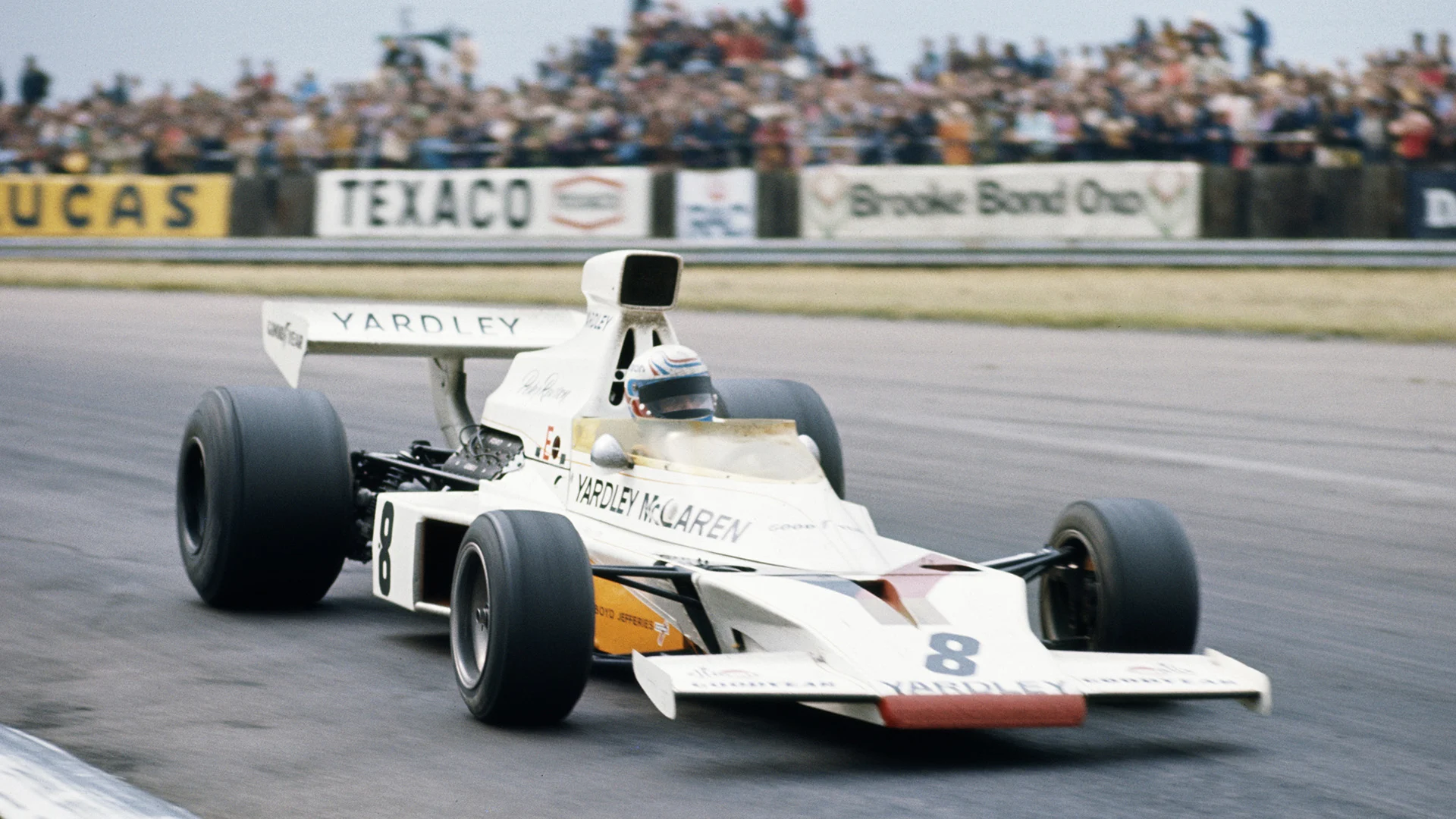
3: Phil Hill
Born in Florida and raised in California, Hill started out as a mechanic before heading to Europe to pursue his racing ambitions, initially representing Jaguar and then signing for Ferrari, with whom he would become the first American to claim F1’s ultimate prize.
Having debuted in a Jo Bonnier-entered Maserati at the 1958 French Grand Prix, Hill made his first outings in red later that season, achieving back-to-back podium finishes in Italy and Morocco to send a message to his rivals.
BEYOND THE GRID: Listen to the extraordinary story of America’s first F1 champion, Phil Hill
Following further podiums in 1959, and a maiden victory on Ferrari turf in 1960, the team’s new rear-engined ‘sharknose’ 156 gave Hill what he needed to mount a title challenge through 1961, though team mate Wolfgang von Trips had the same idea.
The battle ended in tragic circumstances when Von Trips collided with Jim Clark during the penultimate round of the season at Monza, sparking a crash that killed the German and several spectactors. Hill went on take what would be the third and final race win of his F1 career and, with it, the title.
Hill stuck with the Scuderia for another season, raising his F1 podium count to 16, then joined an ATS team formed by staff who had walked out of Maranello at the end of his title-winning season, amid tensions with owner Enzo Ferrari. He scored one more point, at Cooper, before bowing out of the sport in the mid-1960s.
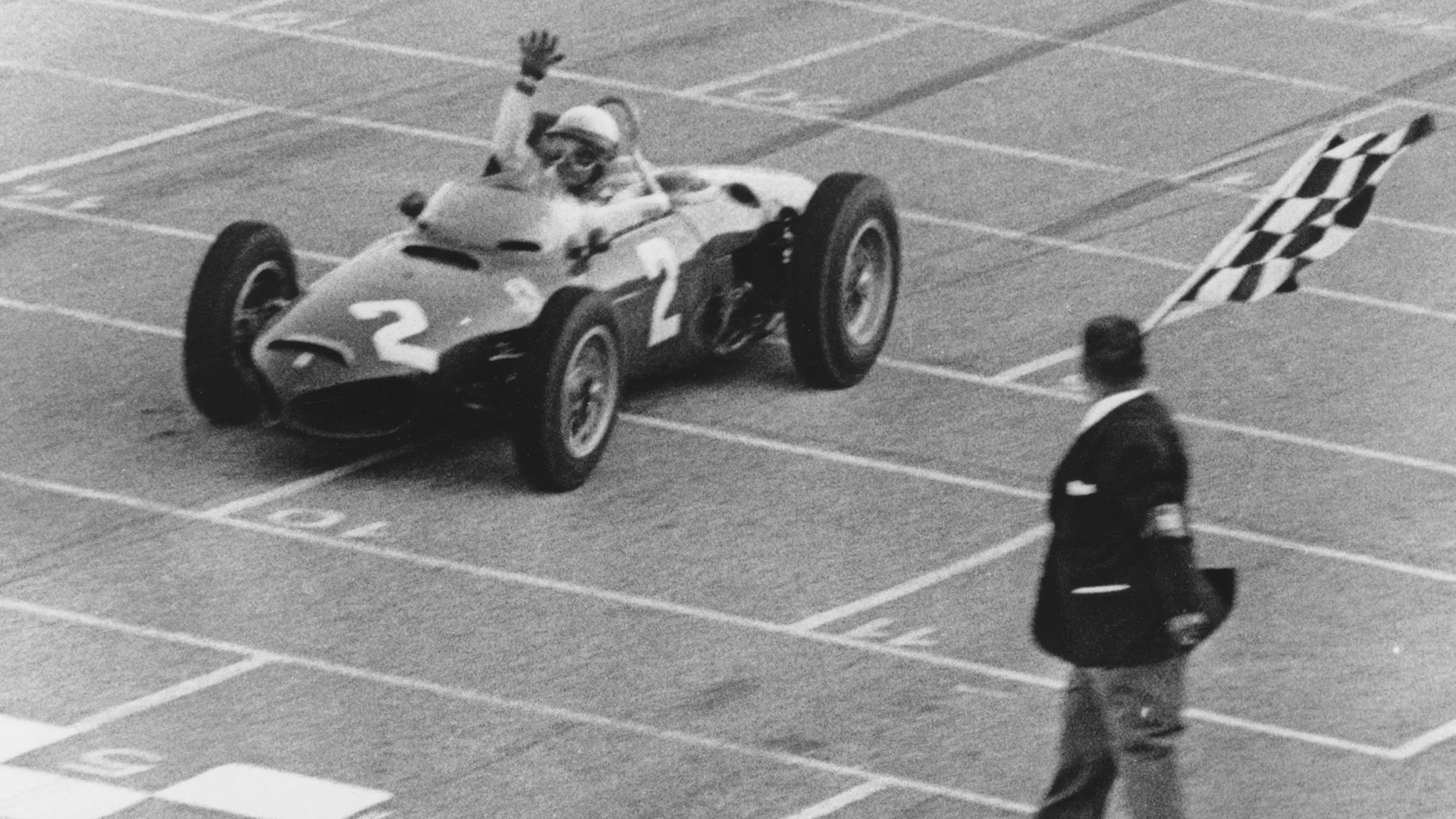
2: Dan Gurney
Gurney marked himself out as one of America’s finest drivers across 86 Grands Prix in the late-1950s to early-1970s, racing for the likes of Ferrari, BRM, Porsche, Brabham and McLaren, while also forming his own team: Anglo American Racers (AAR).
Gurney almost immediately displayed promise with a runner-up finish in his second race for Ferrari at the 1959 German Grand Prix, but he left the team shortly before they unleashed their potent 156 which, as mentioned above, fellow American Hill drove to the 1961 title.
READ MORE: Remembering F1 race winner Dan Gurney, 1931-2018
It would be a similar story for the New York-born racer moving forward; he swapped BRM for Porsche after the 1960 season, only for the British team to win both championships two years later; and ended a three-year spell at Brabham in 1965 to form AAR, ahead of the former’s double title-winning run in 1966 and 1967.
As such, the tally of four victories Gurney achieved – a breakthrough win for Porsche, two at Brabham and one for his own squad – arguably should have been much higher, with his talent behind the wheel more than deserving of title glory.
Gurney is also recognised for starting the tradition of spraying champagne on the podium, after taking victory at the 1967 24 Hours of Le Mans, while his quest for more downforce at AAR led to him designing what became known as the ‘Gurney flap’, a device still commonly used in motorsport to this day.
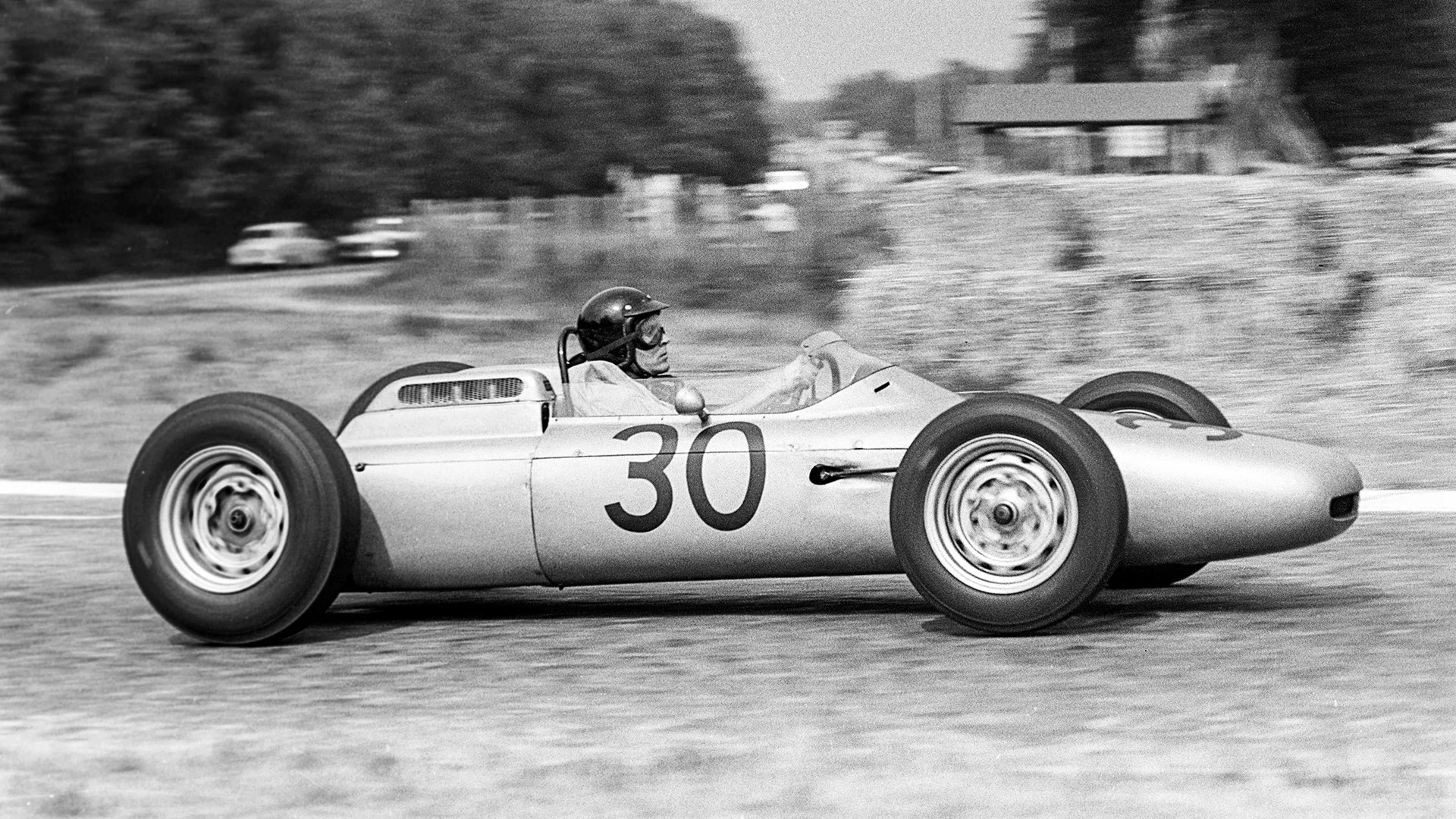
1: Mario Andretti
Unsurprisingly, it’s Mario Andretti who sits at the top of our list. Born in Montona (then Italy, now Croatia) in 1940, Andretti moved to Nazareth, Pennsylvania as a youngster – his family relocating to the US after the war – and soon got his first taste of racing at a local dirt track alongside twin brother Aldo.
It was the start of a journey that would take him all the way to F1, where he racked up 12 race victories, 19 podiums, 18 pole positions and a world title, across a Grand Prix career that began in the 1960s and ended in the 1980s.
READ MORE: F1 Hall of Fame – 1978 world champion Mario Andretti
Andretti’s record is even more impressive given that he started out by balancing sporadic F1 outings with a host of US-based championships, but pole on his debut for Lotus at Watkins Glen in 1968, and victory for Ferrari at the 1971 opener in Kyalami, showcased his potential.
When he went full-time, racing for the Lotus team with whom he made his debut, it did not take long for Andretti to become a regular race winner and challenge for the F1 crown – which he claimed in 1978 while dealing with the tragedy of team mate Ronnie Peterson’s death.
Although that year marked the last of Andretti’s victories, as he focused on his US exploits again, a return with Ferrari at Monza in 1982 brought an emotional pole and podium – having watched hero Alberto Ascari roar around the Temple of Speed as a child, not knowing he would one day join him as an F1 legend.
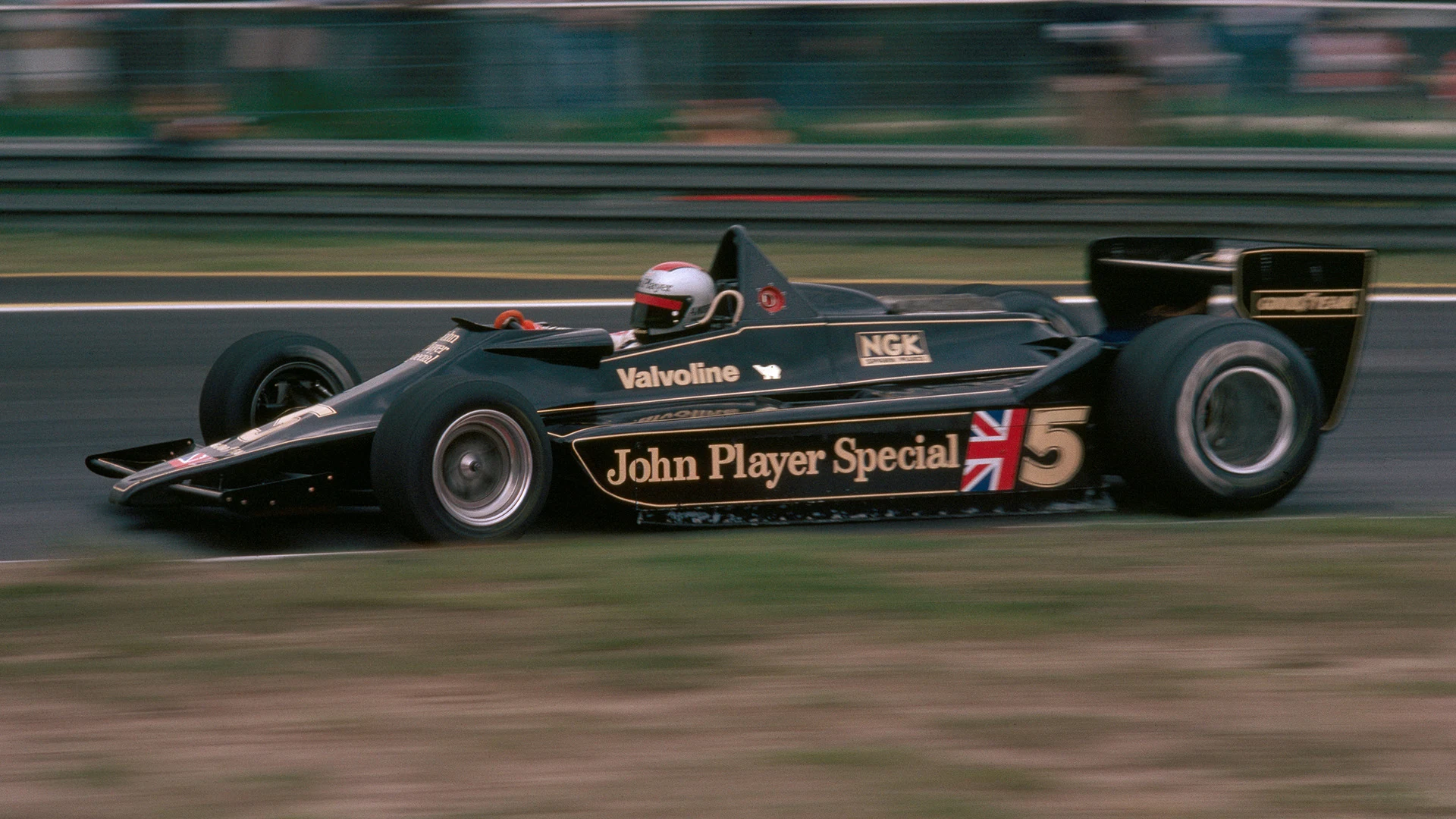
Next Up
Related Articles
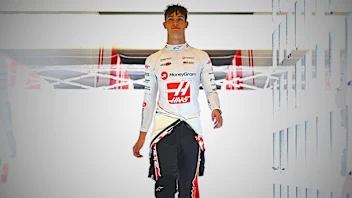 ExclusiveHow Bearman went from super-sub to star rookie in 2025
ExclusiveHow Bearman went from super-sub to star rookie in 2025.webp) End Of Year Reports 2025Ferrari’s best and worst moments from 2025
End Of Year Reports 2025Ferrari’s best and worst moments from 2025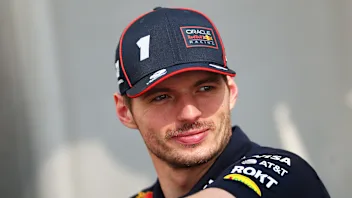 Verstappen reflects on Mercedes talks and F1 future
Verstappen reflects on Mercedes talks and F1 future/TEAM%20PREVIEWSHALF%20TERM%20REPORTS%20DISPLAY%20V1%20(13).webp) End Of Year Reports 2025Racing Bulls’ best and worst moments from 2025
End Of Year Reports 2025Racing Bulls’ best and worst moments from 2025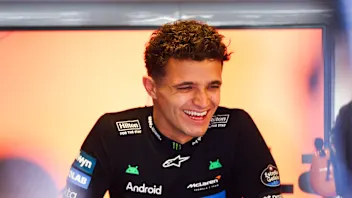 Norris praises support from Hamilton, Vettel and more
Norris praises support from Hamilton, Vettel and more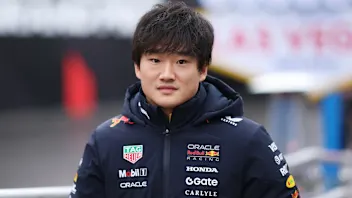 Mekies on ‘very difficult’ decision to demote Tsunoda
Mekies on ‘very difficult’ decision to demote Tsunoda